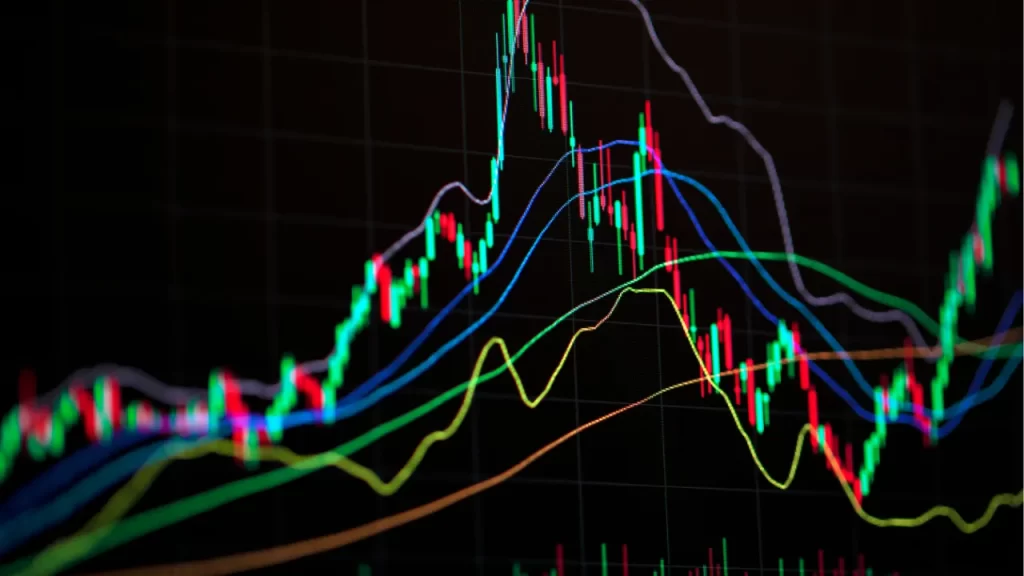CFDs, or Contracts for Difference, allow traders to speculate on the price movement of various financial instruments such as stocks, indices, commodities, and currencies.
Instead of owning the asset, you enter into an agreement with a broker to exchange the difference in the asset’s price from when you open the trade to when you close it.
This method of trading offers several advantages, including the ability to trade on margin (using leverage) and to profit from both rising and falling markets.
However, it’s important to understand the mechanics behind CFD trading and the risks it entails before diving in.
Understanding CFDs

What Exactly Is a CFD?
A Contract for Difference (CFD) is a financial derivative that lets you speculate on the price movements of an asset without taking physical ownership. Here’s how it works:
- Price Speculation: When you open a CFD trade, you are essentially betting on whether the asset’s price will increase or decrease.
- No Ownership: Unlike traditional trading where you buy or sell the actual asset (like a stock or commodity), CFD trading involves a contract with a broker based solely on the price movement.
- Leverage: CFDs allow you to control a larger position with a smaller amount of capital, amplifying both potential gains and losses.

How Does CFD Trading Work?
The process of CFD trading involves several key steps:
- Opening a Position: Decide whether to buy (go long) if you expect the asset’s price to rise or sell (go short) if you expect it to fall.
- Calculating Profit or Loss: Your profit or loss is determined by the difference between the asset’s price at the opening and closing of the trade.
- Costs Involved: Brokers often charge fees in the form of spreads, commissions, and sometimes overnight fees if you hold positions for more than a day.
By understanding these steps, you can start to appreciate how CFD trading offers both flexibility and complexity.

Key Features of CFD Trading
Flexibility in Market Participation
- Trading in Both Directions: With CFDs, you can profit from both rising and falling markets. This means you can go long when you believe prices will increase or go short when you anticipate a decline.
- Access to Multiple Markets: CFDs are available on a wide range of assets, from equities and indices to commodities and forex, providing a diversified trading experience.
Leverage and Margin Trading
- Leverage: One of the main attractions of CFD trading is the ability to use leverage. This means you only need to deposit a fraction of the total trade value (the margin) to open a position.
- Risk of Amplified Losses: While leverage can magnify profits, it also increases the potential for losses. It’s crucial to use risk management tools, such as stop-loss orders, to protect your investment.
No Ownership of Underlying Assets
- Cost Efficiency: Since you’re not purchasing the actual asset, you can avoid some of the costs associated with owning physical stocks or commodities.
- Simplicity: Trading CFDs simplifies the process as you’re dealing solely with the price movements rather than the complexities of asset ownership.

Benefits of CFD Trading
- Diverse Trading Opportunities: CFDs offer access to a broad range of markets, enabling you to diversify your portfolio.
- Flexibility: The ability to go long or short provides flexibility in various market conditions.
- Capital Efficiency: With leverage, you can control larger positions with relatively small capital outlays.
- Quick Execution: CFD platforms typically offer fast execution speeds, which is ideal for day trading or quick market moves.

Risks and Considerations
While CFD trading can be lucrative, it comes with its own set of risks:
- Leverage Risks: High leverage can lead to significant losses, potentially exceeding your initial investment if not managed carefully.
- Market Volatility: Sudden market movements can lead to rapid changes in your account balance.
- Costs and Fees: Spreads, commissions, and overnight fees can add up, impacting overall profitability.
- Emotional Trading: The fast-paced nature of CFD trading requires discipline and a solid trading plan to avoid impulsive decisions.
It’s essential to educate yourself thoroughly and practice using demo accounts before committing real capital to CFD trading.

Essential CFD Trading Terminology
Understanding the jargon is key to mastering CFD trading. Here are some common terms:
- Spread: The difference between the bid and ask price. This is a cost that you need to overcome to make a profit.
- Margin: The minimum amount of capital required to open a leveraged position.
- Stop-Loss Order: An order placed to automatically close a trade at a predetermined price to limit potential losses.
- Leverage: The use of borrowed capital to increase the size of your position.
- Overnight Fees: Charges applied when holding a position open past the trading day.

Getting Started with CFD Trading
For beginners eager to explore CFD trading, here are a few steps to help you get started:
- Research and Choose a Broker: Look for a broker that is regulated, offers competitive fees, and provides educational resources tailored for beginners.
- Open a Demo Account: Practice CFD trading in a risk-free environment to build your skills and confidence.
- Develop a Trading Plan: Define your goals, risk tolerance, and strategy before you begin trading with real money.
- Start Small: Begin with small trades to limit risk while you learn the ropes of CFD trading.
- Educate Yourself: Continuously learn through online courses, webinars, and reading up on market trends and analysis techniques.
Conclusion
CFD trading offers an accessible and versatile way to engage with global financial markets without the need for owning the underlying assets.
With the ability to trade both rising and falling markets, leverage your positions, and access a wide range of assets, CFD trading can be an attractive option for investors.
However, it is crucial to approach CFD trading with a clear understanding of its mechanisms, benefits, and risks.
By taking the time to educate yourself, practicing with demo accounts, and implementing solid risk management strategies, you can navigate the exciting world of CFD trading more confidently.






